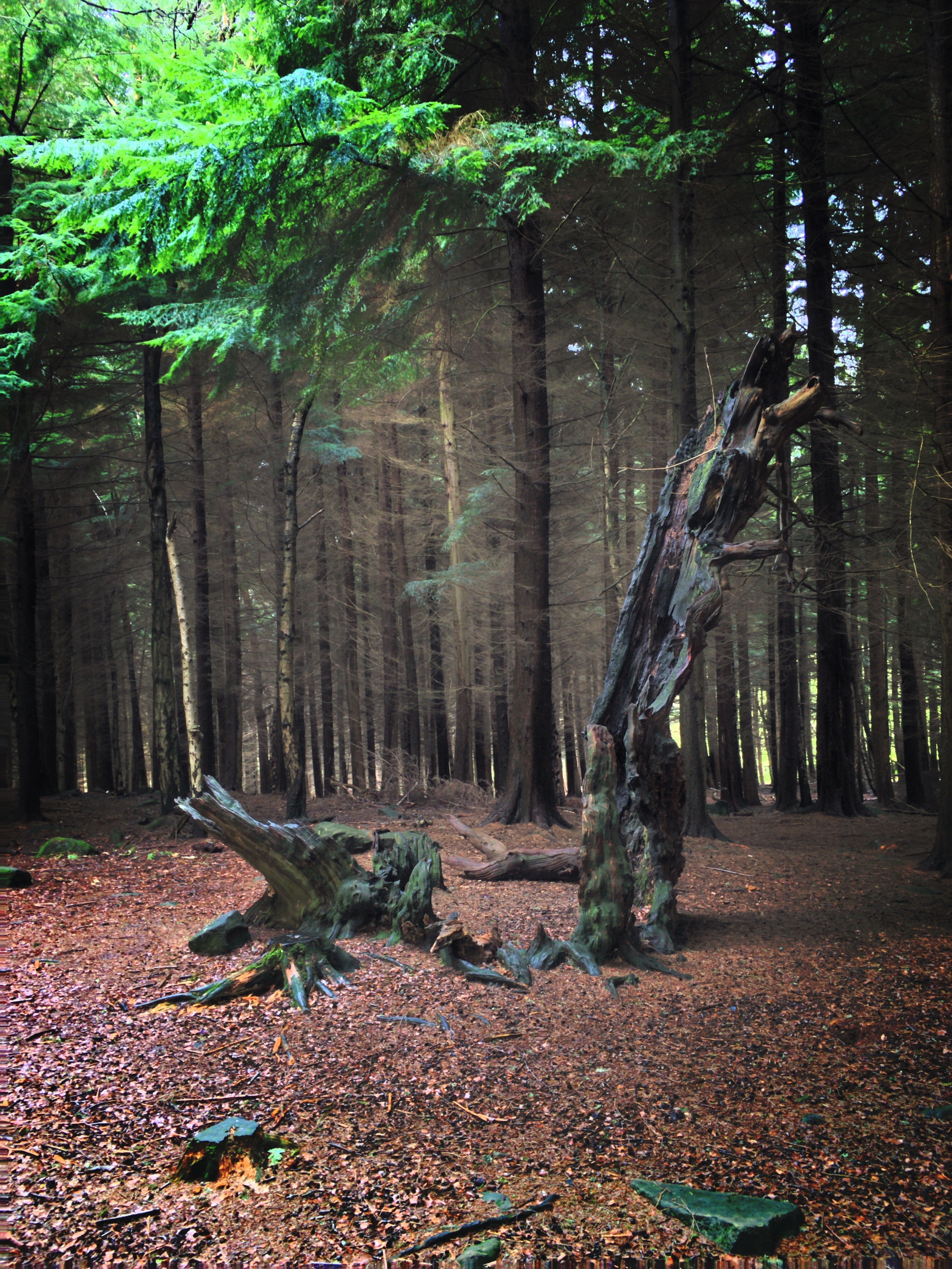Magical fairy find helps man through recovery
TAKING photographs whilst out on a country walk ended up as a life-changing experience for John Hyatt.
While rambling in the Rossendale Valley he had snapped what he believed to be a cloud of insects.
But on closer inspection he wondered if they could be something more.
After the photographs went on display at The Whitaker Rossendale Museum & Art Gallery, they were picked up by the national papers and the so-called Rossendale Fairies went viral around the world.
Takings at the Whitaker increased by 600 per cent during their showing and the venue went on to win the Lancashire Cultural and Tourism Award the following year.
Since then John, 57, an international artist and professor of Art and Design at Manchester Metropolitan University, is regularly contacted by people all over the world wanting his advice on how to find and contact the ethereal beings.
People have traditionally been fascinated by fairies best illustrated by the Cottingley Fairies where young girls Elsie Wright and Frances Griffiths produced a series of photographs in 1917 claiming to show fairies but later exposed as a hoax.
The professor, also former lead singer of the post-punk/indie rock band The Three Johns, went on to produce a series of fairy-inspired art work and has just finished working on a community film with children and young homeless people from East Lancashire.
He said: "It went viral around the world so people have been sending me photographs.
"Some lads in Israel asked me for my advice on how to go and find fairies.
"I gave them my advice and some tips on how to use a camera and they sent me some in Israel."
Since the intriguing images were taken in 2014 the professor has been careful not to reveal the exact location where they were taken.
He said: "They were just taken in the Rossendale Valley.
"I won't be more specific because I don't want people going and trashing it.
"You'd be surprised how many people have told me they want to go there.
"I was out with my camera deliberately trying to photograph fast moving things.
"I didn't actually see them with the naked eye because they were moving fast. I went back home and looked at them on the computer and then I realised what I'd photographed."
The professor himself who has lived in Rossendale for more than 30 years, is ambiguous about whether the creatures he snapped on his Nikon D40X were fairies.
"A lot of people think they are. I did a talk at Oxford Natural History Museum and they did an investigation of the photos. It's their livelihood so they came down on the side that they are insects but they still asked me to go down and give a talk.
"But I have always stayed on the fence deliberately. Because the interesting thing about them going worldwide was to see the world's reaction to them.
"I don't know what they were. I know they were interesting photographs. I went out for the next few days and took more photographs but every photograph that I took looked like insects."
After his strange experience in the Rossendale professor Hyatt began to research all he could about fairies.
Contrary to modern belief fairies were not always pictured as good and friendly beings.
He said: "I did quite a lot of research from reading folk tales, Irish, Japanese and South American. Everywhere has them. It is not like it is a locational phenomena."
Fairies were even mentioned in the works of the Irish poet WB Yeats in his attempts to define Irishness.
And hundreds of years ago parents sometimes believed their child had been replaced by a fairy changeling, he added.
"The original fairies in Britain were black fairies and they weren't tiny they were human-sized. It goes back to when the forest was predominant.
"Rossendale was all forest and it was the predominant feature of the landscape."
Professor Hyatt believes that the tradition of the Britannia Coconut Dancers of Bacup blacking their faces may also originate from fairy folklore.
"I don't think they realise they go back to this idea of the fairies coming out of the forest and their black faces come from folktales," he said.
He discovered that traditionally they were seen as harbingers of misfortune. Ironically whilst the media storm over the fairies was going on he was diagnosed with throat cancer but has since made a full recovery.
"I think that's why fairies symbolise death as they are creatures from the other side. Certainly in a lot of fairytales they are dangerous. I wasn't going through anything when I saw them. The day the photos went viral I was diagnosed with throat cancer so it was quite interesting in a sense that for the first month of the fairies going viral I didn't have any time to worry about having throat cancer because I was talking to people all around the world."
The professor who is a vegan, believes he may have seen the creatures because he has an open mind.
"If they want to show themselves to you then they will. I've got a completely open mind. I think a completely open mind is a prerequisite for meeting them.
"The interesting thing is that the people that didn't believe were very abusive and felt that their world was threatened - if they didn't have a very rigid attitude to reality everything would crumble."
The fairy photographs have also led to new inspiration in his art work, he adds.
"When I was ill I painted every day to keep myself positive. It's automatic painting as if the picture forms of its own accord. I'm quite open-minded. I think the world is a lot more interesting than we generally give it credit for and quite often normal everyday things are interesting if you pay attention."














































































